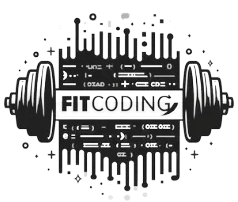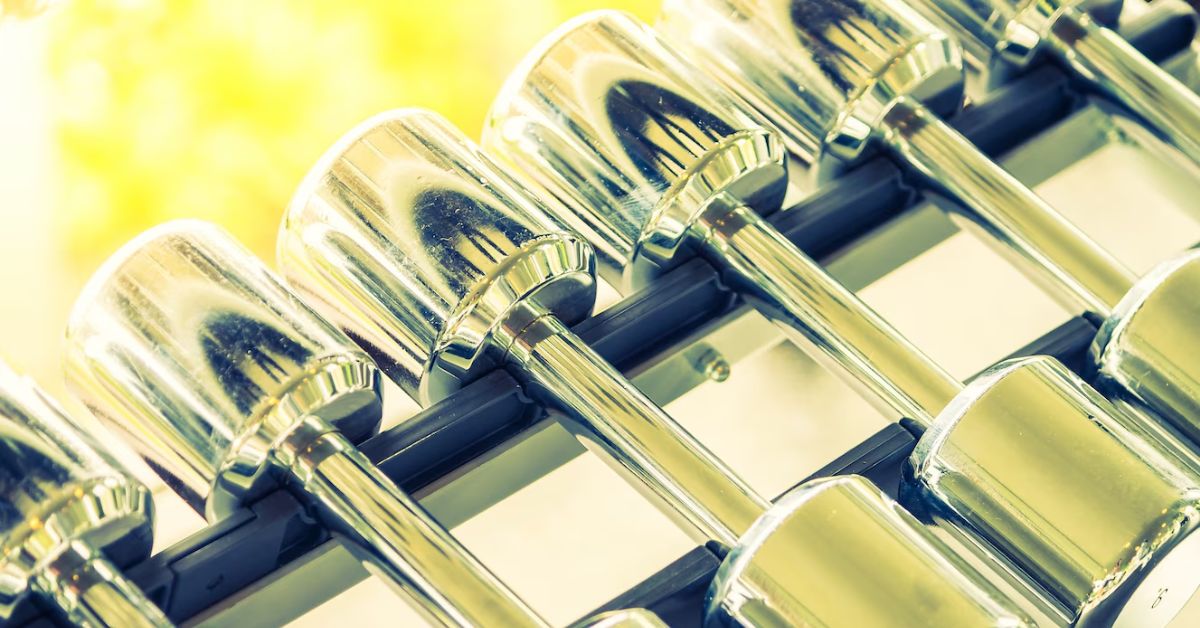Industrial production lines need conveyor belts as their fundamental operational element to ensure efficient material transport during production. All conveyor belts serve to transport items efficiently, but multiple industrial applications need belts with specific material properties and performance levels. Standard conveyor belts function differently than high-temperature-resistant conveyor belts. The article explains how these conveyor solutions differ in structure and performance capability alongside their designated deployment areas and cost evaluation for industrial buyers looking for optimal solutions.
Material Composition and Structure
High temperature resistant conveyor belts and standard conveyor belts distinguish in terms of material components as well as functional purposes.
Standard conveyor belts incorporate rubber fabric as well as polyester and nylon materials during their manufacturing process. These conveyor belts work smoothly under standard operational environments while tolerating regular wear and tear, medium temperatures, and basic material movements. Heat Resistant Conveyor belts hold great importance and functionality when exposed to high temperatures.
High-temperature resistant conveyor belts have specific designs that enable them to resist high amounts of heat. A blend of heat-resistant rubber materials together with EPDM rubber and elements of glass fiber and Kevlar reinforcing fibers is typically found in these belts. The performance and structural integrity of the belt depend on these components, which operate effectively between 150°C and more than 300°C based on the grade and application type.
Performance under Heat
High temperature resistant conveyor belts demonstrate their reliability when functions at temperatures which break down standard belt materials or cause them to deteriorate.
Normal belts endure material breakdown at temperatures that span between 80°C to 100°C. Harsh heat conditions lengthen rubber exposure which leads to rubber hardening and subsequent cracking along with delamination of the material. Using normal belts under high-temperature conditions immediately decreases belt lifespan while endangering workers along with productivity levels.
Hot weather poses no threat to high-temperature resistant belts, which maintain their operational strength and flexibility under heat conditions. High-temperature belts consist of multiple protective layers with insulation built-in to resist impacts during usage at:
- Cement production
- Steel and metal processing
- Foundries
- Glass manufacturing
- Chemical plants
- Recycling plants (particularly for hot material)
Some higher-end models come with flame retardant or thermal conductivity capabilities to avoid heat build-up.
Durability and Longevity
The investment in heat resistant belts stands as a better option when operating at high temperatures. These superior rubber solutions tolerate thermal damage in addition to the challenges of abrasions and oxidation and chemical attacks that tend to augment at elevated temperatures.
Standard conveyor belts maintain affordability at the beginning yet produce long-term expenses when introduced to improper operating environments. High temperatures shorten the lifespan of these belts, so the equipment requires more repairs and needs replacement at a higher frequency.
The service life of high-temperature belts reaches between three and five times beyond that of standard belts in demanding hot environments, thus reducing equipment downtime and improving operational dependability.
Flexibility and Load Handling
High-quality fabric Conveyor Belt offer suitable flexibility along with material application compatibility in typical conditions that maintain reasonable environmental temperatures. The handling system works optimally to move bulk materials consisting of grain, coal, sand, packaged items in warehouses along with distribution centers and production plants having ambient temperatures.
The stiff character of high-temperature belts emerges from their constructed framework to guard abrasive materials and heavy loads, as well as very high temperatures. Modern designs broaden the utility of belts because engineers now have options to customize these components by selecting different belt dimensions, tensile capacity, and material composition layers.
Cost Considerations
Cost stands as a main distinguishing aspect between these two types of conveyor belts. The simple conveyor belts serve non-specialized tasks extensively because they remain both inexpensive to manufacture and easily available in the market.
High temperature resistant belts maintain their operational value by decreasing repair and maintenance expenses and maintenance period while offering initial premium costs. Specialized belts designed to handle extreme heat become advantageous for industries because they lead to better overall ownership expenses.
High temperature belt prices vary dynamically within this particular grouping because of:
- Heat resistance rating (e.g., T1, T2, T3 classes)
- Belt width and thickness
- Type of reinforcement (e.g., Kevlar, fiberglass)
- Brand and manufacturer reliability
Safety and Compliance
Workplace safety regulations along with performance outcomes depend on choosing the appropriate conveyor belt type for any application. Leaving conventional belts to operate in hot environments will increase the risks of mechanical failure as well as fires together with workplace incidents.
The safety requirements for high temperature belts include industry certifications such as ISO, DIN and MSHA for heat and flame-resistance. The maintenance of compliance protects equipment from legal troubles while also securing both equipment and personnel.
Conclusion
The working environments of your factory establishment determine whether you need high-temperature resistant or regular conveyor belts. Businesses operating in hot working environments ought to invest in temperature-resistant belts because it ensures their operational needs. Both performance benefits and extended product life cycle and safer operations and sustained cost savings emerge from their high-temperature usage.
Under high-heat scenarios, conveyor belts with regular designs must not be selected because high heat leads to manufacturing failures and continuous operation. Analyzing your system’s operating requirements enables you to decide an option that will fulfill both productivity requirements and safety measures.











